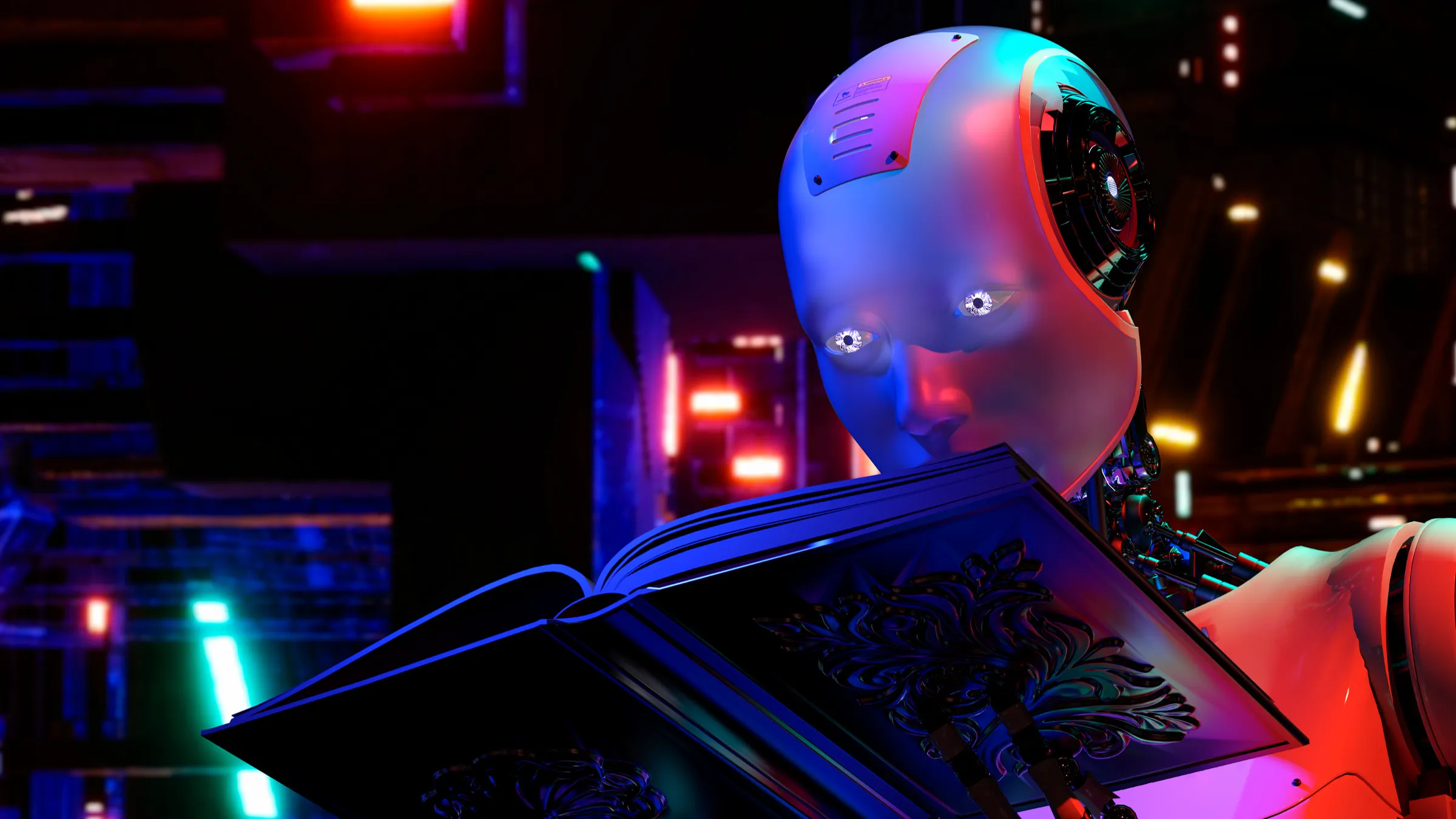
In their article "The Science of Brute Force" (Aug. 2017), Marjin J.H. Heule and Oliver Kallmann humorously asked whether a mathematician using brute force is really "a kind of barbaric monster." While applying simplistic approaches to complex domains (such as image and speech processing) is inefficient, certain specific computational problems do indeed benefit from brute force. In this regard, the mathematician who uses brute force is simply functioning as a good engineer intent on solving problems efficiently.
My primary focus during my Massachusetts General Hospital fellowship (2013–2016) was analyzing the electronic health records for 314,292 patients.2 To identify biomarkers associated with outcomes, my colleagues and I were initially interested in knowing the smoking status of all of them—current, past, or never—for our prediction models. Smoking status is typically documented in clinical narrative notes as free text, and, as reported throughout the literature, classification accuracy of current methods is poor.
I hypothesized that following a simple human-in-the-loop brute-force approach designed to semi-manually extract non-negated expressions could achieve better accuracy than many widely used algorithms. It was, I thought, different from common machine learning approaches that typically attempt to classify sentences or find associations between words in a series of words. Moreover, machine learning algorithms, when applied to text, rely on the assumption that any language includes an infinite number of possible expressions. In contrast, across a variety of medical conditions, we observed that clinicians tend to use the same expressions to describe patients’ conditions. For instance, the most commonly reported expressions for sleep disorders, including "poor sleep," "sleep disruption," and "sleeps poorly," covered over 99% of all possible ways to describe physician-documented insomnia.1 We tested this approach extensively, and it played an important role in all our subsequent publications. We even extended it for additional uses (such as to extract family histories of coronary artery disease, classify patients with cancer, and improve accuracy of the Framingham risk score for patients with liver disease).
The most important task for any life form is to find that sweet spot where there is just the right amount of innovation.
Metaphorically speaking, a rocket ship would be a potential solution if one wanted to cross the Grand Canyon, but if such a trek has no strict time-completion restriction, riding a donkey or simply walking would be more efficient, as such solutions require little maintenance or purchase of expensive fuel. Scientists confronting a computational challenge should not automatically apply readily available algorithms just because they are commonly known to be efficient. Alternatives should be considered as potentially the most efficient solution, including those that may seem to be brute force at first glance, but, as in Hans Christian Andersen’s "Ugly Duckling" story, might instead mature into the most graceful of swans.
Uri Kartoun, Cambridge, MA
For More CS Teachers Try Higher Salaries
One aspect of why more K-12 schools do not offer computer science (CS) classes not addressed by Jennifer Wang in her Viewpoint "Is the U. S. Education System Ready for CS for All?" (Aug. 2017) is how salary might lead to a lack of qualified and motivated CS teachers. People graduating from universities with CS degrees would most likely prefer to go into industry where they could earn higher salaries. They do not usually prefer to go into teaching where they might start at $40,000 per year in public schools (depending on location) or private schools where they might earn even less. For public schools, at least in some U.S. states, they also must obtain a teacher certification in addition to a CS degree.
Colin Carlile, Devine, TX
Author Responds:
Salary and certification were beyond the scope of the study. However, many factors, including salary, influence the choice of teaching as a career and profession. Also, many potential sources of computer science teachers are constrained by certification requirements. These are excellent considerations for future research as schools seek to address the demand for computer science.
Jennifer Wang, Mountain View, CA
Helping Our Old Man Code
Philip Guo’s blog "How Adults Ages 60+ Are Learning to Code" (Aug. 2017) reminded me how, in 1964, when I had been a member of ACM for just four years and my brother Michael was studying computer science at the University of Wisconsin, our father, age 60, decided he ought to learn to code if he hoped to communicate with his sons. He enrolled at Fordham University in the Bronx, NY, and took a course in Fortran, earning a B+. My brother and I discussed coding with him for the next 25 years while he lent his business insight to helping us advance our fantastic careers.
Donald F. Costello, Lincoln, NE, Distinguished Lecturer ACM
Infection Paths Also Needed for Internet Growth
As a developer of security in operating systems, I definitely understand that underspecifying URLs, as Vinton G. Cerf described it in his Cerf’s Up column "In Praise of Under-Specification?" (Aug. 2017), allows many creative infection paths into a user’s personal computer. Eric Schmidt, executive chairman of Alphabet, Inc., has declared loose specifications a necessary feature of the Internet, one that has given it the freedom to grow to the network it is today. That is somewhat like saying a swimming pool or water supply without chlorine is a feature that allows toxic algae to bloom. It is, in fact, illegal in the U.S. for a water supply to allow algae blooms. Other countries have loose water-supply specifications, thus allowing all sorts of life forms the freedom to innovate and thrive in the water supply. Some may be good for human health and well being, while others are deadly. So, too, with the loose specifications on the Internet. Douglas Hofstadter of Indiana University included a nice analogy in the prologue of his 1995 book Fluid Concepts and Creative Analogies describing life as living in the liquid range, between both solid and gaseous phases, neither able to support life. The most important task for any life form is to find that sweet spot where there is just the right amount of innovation; it is only in this Goldilocks zone where life is even possible. I hope humans are, in spite of all evidence to the contrary, capable of creating a society where a pleasant life is a possibility.
Tom Jones, Seattle, WA



Join the Discussion (0)
Become a Member or Sign In to Post a Comment